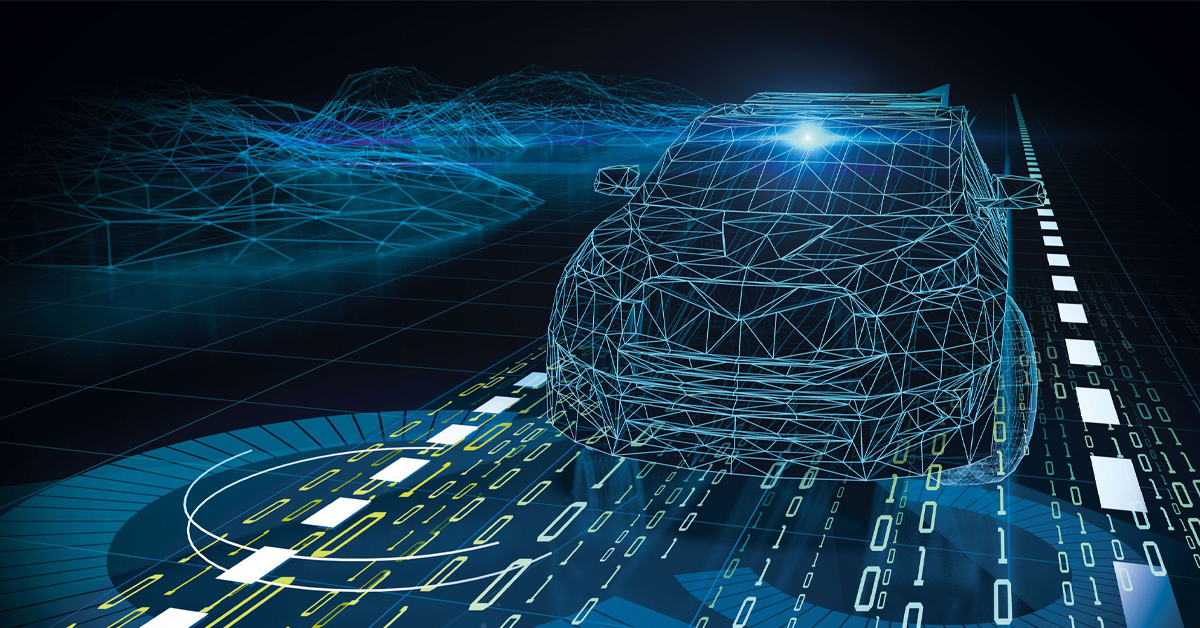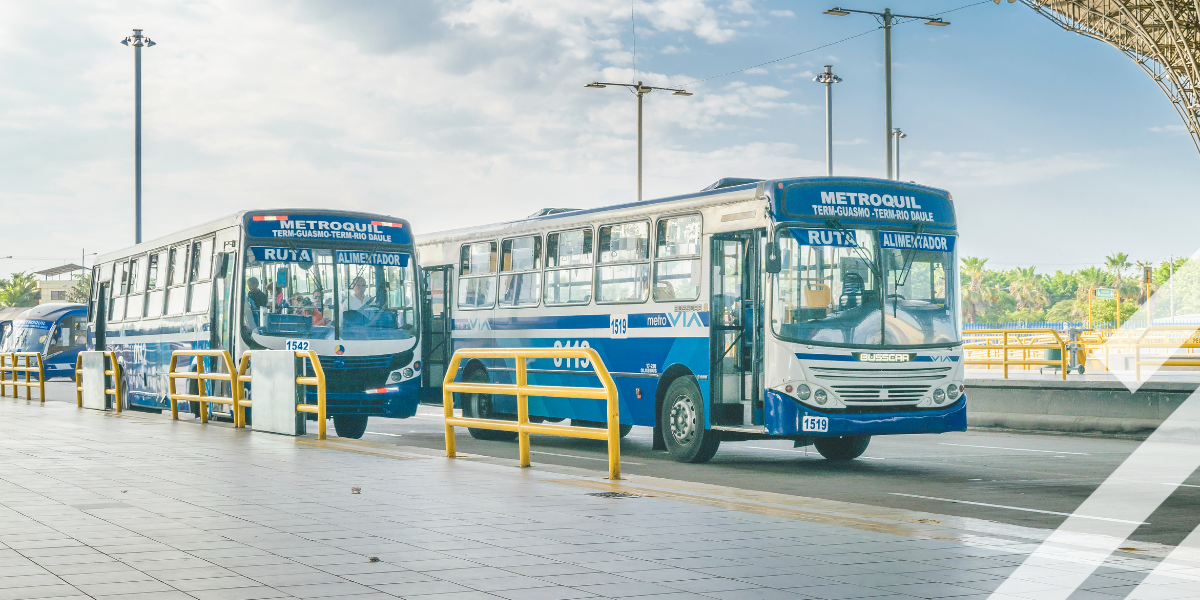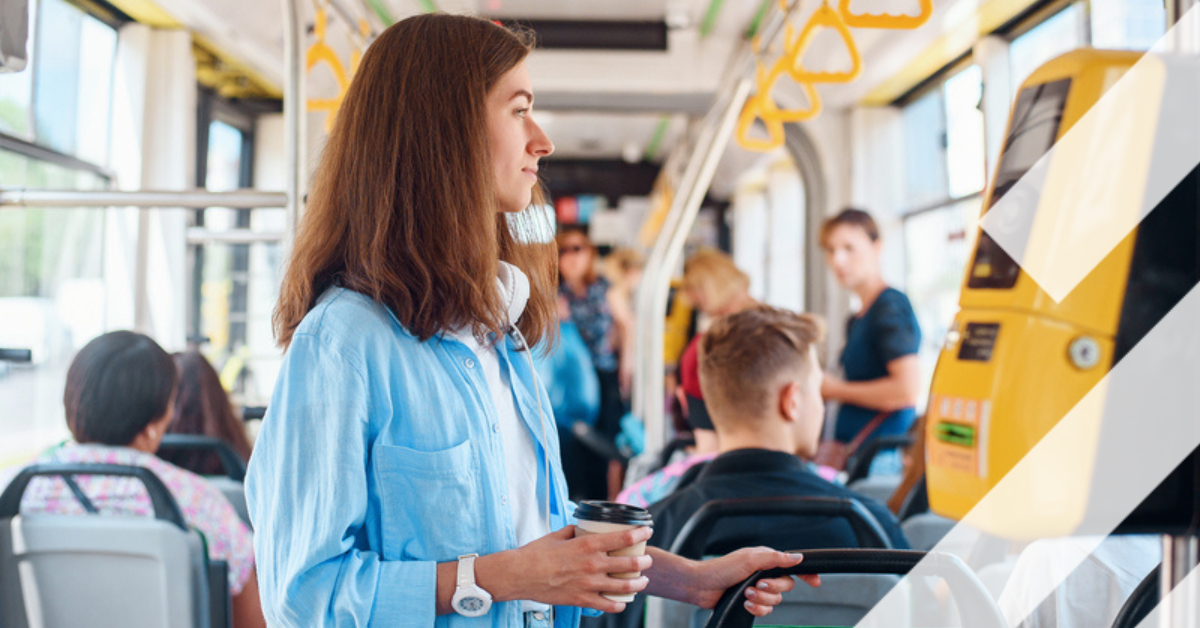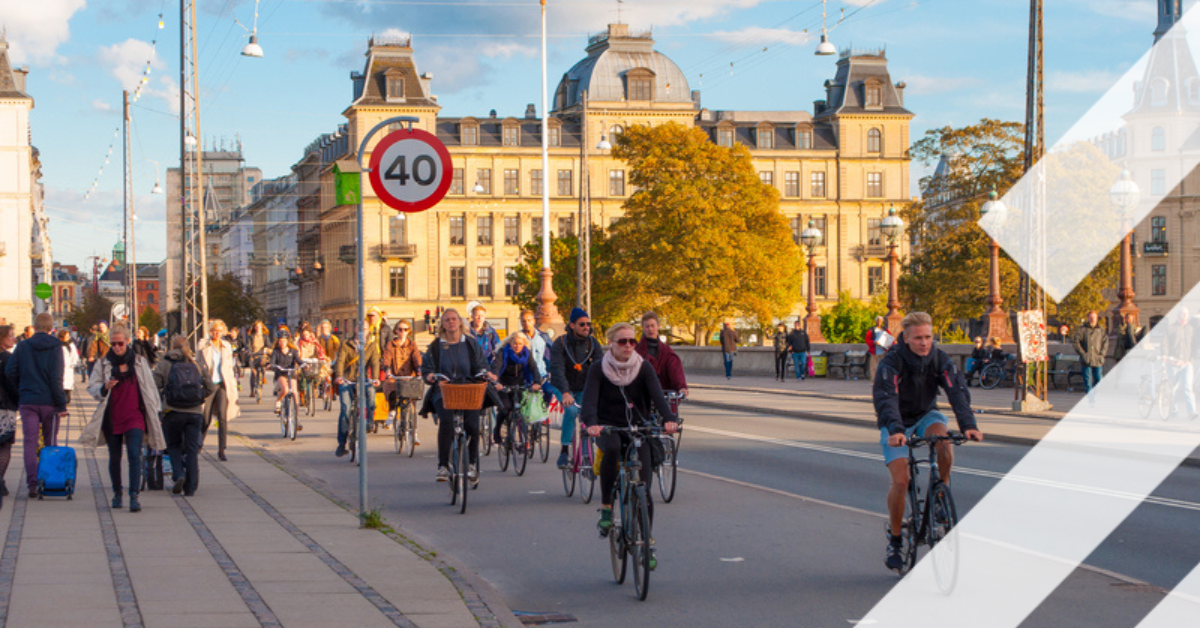intro
Olga Anapryenka, Principal Consultant, Steer Group, tells Intertraffic of the dangers that women face while using the transport network on a daily basis and, crucially, what is being done to ensure that gender-specific harassment becomes a thing of the past.
Loading component...
Text1
We also often travel with other passengers, our children, for example, so it's a case of using different modes, and hence, the need for connectivity. The situation is quite urgent, I think, in terms of how women experience transport.
Do the statistics suggest that women use public transport more than men?
In general, yes, women use public transport more than men. In terms of the experience of transport, women experienced transport differently to men, so they tend to be more risk-averse. Although this is a generalisation, women also traditionally have lower income and they're also worried about harassment more which leads to think about your choices more carefully. Consider all these factors and it’s clear that there’s a gender gap in the use of transport.
Can you provide some specific examples of situations where women might not necessarily feel safe, or where perhaps the needs of women have not been considered?
How safe is it to get to or from the bus stop? How well lit is the sidewalk or pavement? Is it wide enough to push a baby buggy easily? How steep are the steps? Can you get the buggy up them comfortably? Also, it could be something as simple as is there a safe shortcuts. In terms of thinking of different ways in which women can be helped to feel safe the first key is about the masterplan and how the public transport network is designed. As I mentioned earlier women are less willing to travel at night because they're more risk-averse, so in terms of masterplanning could the positioning of the bus stop be better, for example. Is it in a well-lit location that’s visible on CCTV?
In terms of thinking of different ways in which women can be helped to feel safe the first key is about how the public transport network is designed
Loading component...
text2
Vienna has widened sidewalks, built ramps for strollers, improved lighting and introduced mirrors that improve the safety of shortcuts and alleyways
We’ll be covering safety concerns of shared mobility options in a separate article, but has demand responsive travel, being a relatively new concept, been designed as a more inclusive transport method?
I think the question here is about last mile connectivity. This could be improved by shared mobility, or shared micromobility, as it serves the first and last mile links to the big transport hubs. From my perspective, the role of demand responsive travel, flexible on demand services, is to improve the efficiency of the transport network, but also to provide a safer mode for women. With on-demand buses, as an example, there are flexible bus stops so women can be dropped next to their house: there is no need for a bus stop. The city of Milton Keynes in the UK has demand responsive buses that complement the established network of bus services.
Loading component...
Loading component...
Share your story
Do you have an innovation, research results or an other interesting topic you would like to share with the professionals in the infrastructure, traffic management, safety, smart mobility and parking industry? The Intertraffic website and social media channels are a great platform to showcase your stories!
Please contact our Sr Brand Marketing Manager Carola Jansen-Young.
Are you an Intertraffic exhibitor?
Make sure you add your latest press releases to your Company Profile in the Exhibitor Portal for free exposure.







